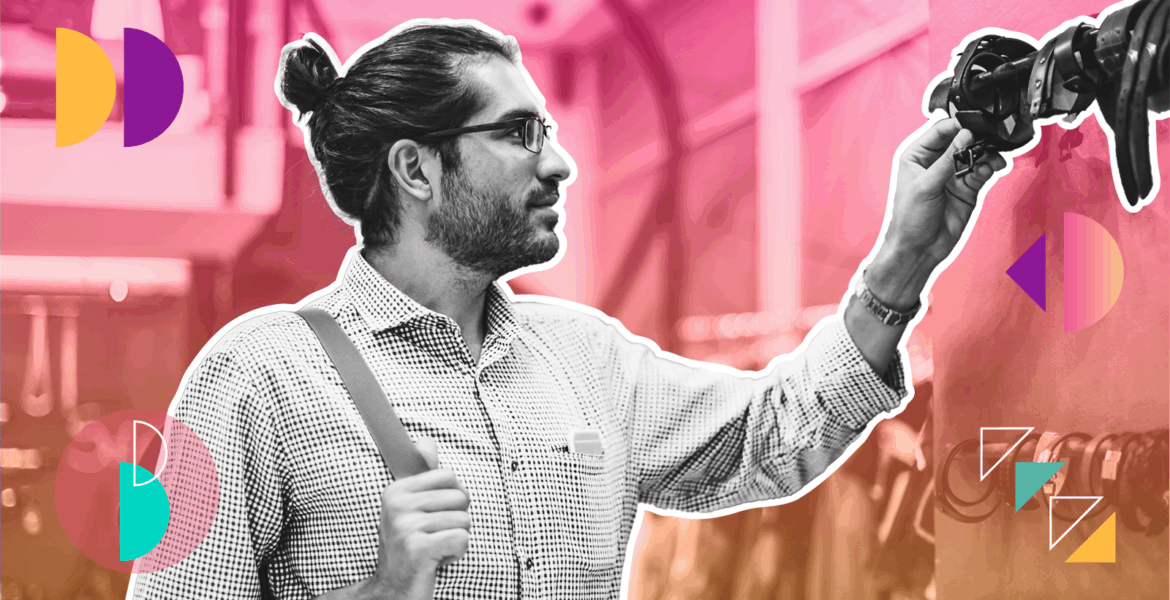By Paula Hunsche, Head of Retail Media & Partnerships at QSIC
The shopper journey continues to reflect a chaotic web of touchpoints, with a McKinsey study showing most shoppers weave through three to five channels before making a purchase.
Over the past two decades, I’ve watched those three to five channels transform completely—what we once knew as traditional outlets have evolved into powerful digital platforms, reaching audiences across more channels than we ever imagined.
For advertisers, the challenge is clear: reach consumers wherever they are and deliver a connected experience that reinforces the messaging at every step. It’s a modern evolution of the classic “Rule of 7,” where consistent messaging across channels not only eliminates friction but also delivers the repetition needed to cement brand recall. In an omnichannel world where every interaction feels like part of the same journey, each touchpoint can influence the final decision, often in ways that build on each other.
Picture this: A shopper scrolling Instagram sees a skateboarder land a trick and then drink a refreshing beverage. The shopper clicks the ad, explores flavors on the brand’s website and later sees another ad during a skate competition on a streaming service. The next morning, they receive a push notification offering a discount if they buy online or pick up in-store.
Omnichannel strategies can create a seamless and cohesive experience for shoppers. However, most focus on engaging with shoppers via digital touchpoints, yet 85% of transactions still happen in-store. Yet, EMARKETER projected that in-store retail media spend will make up less than 1% of total omnichannel retail media ad spending. This underinvestment in the physical retail environment is a massive missed opportunity.
For 85% of purchases, the in-store experience is the final and closest point to sale. Over the past year, I’ve had conversations with retailers across grocery, convenience and specialty who know they need to expand their in-store retail media offerings, but lean toward digital signage at their entry point. Signage undoubtedly has value, but it is not always visible. Shoppers in a rush may walk right past a display. Aisle-level traffic patterns, store layouts and visual clutter all limit signage exposure, and that is where a more omnipresent and high-impact channel could bring more value: in-store audio.
Returning to the shopper journey example, now imagine someone stopping by a convenience store to grab a cold drink. They breeze past a screen, turn one aisle too early and miss the end cap display. But they still hear an audio spot promoting that same beverage from the commercial they saw earlier. Minutes later, they are at the checkout with the promoted beverage in their basket. This is the type of opportunity we see audio deliver every day for CPG brands; The ROI can be even higher for new product launches and trade promotions that need more awareness.
In-store audio delivers timely, persuasive messages when intent is already high, shortening the path to conversion and turning passive browsing into immediate action. It reaches every corner of the store without competing for visual attention. It is ambient yet unavoidable.
While my career has been focused in the digital commerce space, the recent shift to in-store audio has been enlightening as to the immediacy of the impact and ability to reach the right shoppers at the right time. A Dentsu study found that 41% of audio ads generated correct brand recall in follow-up surveys, compared to a 38% norm for other advertising, mostly video, in Dentsu’s database. The average impact on brand choice metrics was a positive 10% for audio vs. a 6% norm in Dentsu’s database for other ads.
But, at the end of the day, we know both retailers and advertisers need to measure impact to make the investment in any new retail media format. Unlike other channels, measurement can be immediate with audio, with sales impact determined within minutes of a purchase. Campaigns can be personalized in real time based on shopper behaviors and conditions, e.g., think coffee ads in the morning or cold beverages on hot days. And because shoppers are already accustomed to in-store music, these ads naturally blend into the environment, enhancing the experience rather than disrupting it. GenAI unlocks an unprecedented ability to craft compelling, hyper-relevant messages, uniquely tailored to every location and moment.
Retailers are realizing they can no longer be tone deaf to the opportunities to enhance the in-store shopper experience. While online channels remain important to the omnichannel pre-shopping experience, in-store vehicles like audio present a more immediate opportunity at the point of purchase. Retail media networks that integrate an advanced in-store audio solution into their omnichannel offerings will not only increase revenue but also serve as a link between an Instagram swipe and the critical at-shelf decision-making moment.
In-store audio is not just another channel. It creates harmony between online and in-store messaging, for a seamless, measurable bridge right at the point of purchase.



